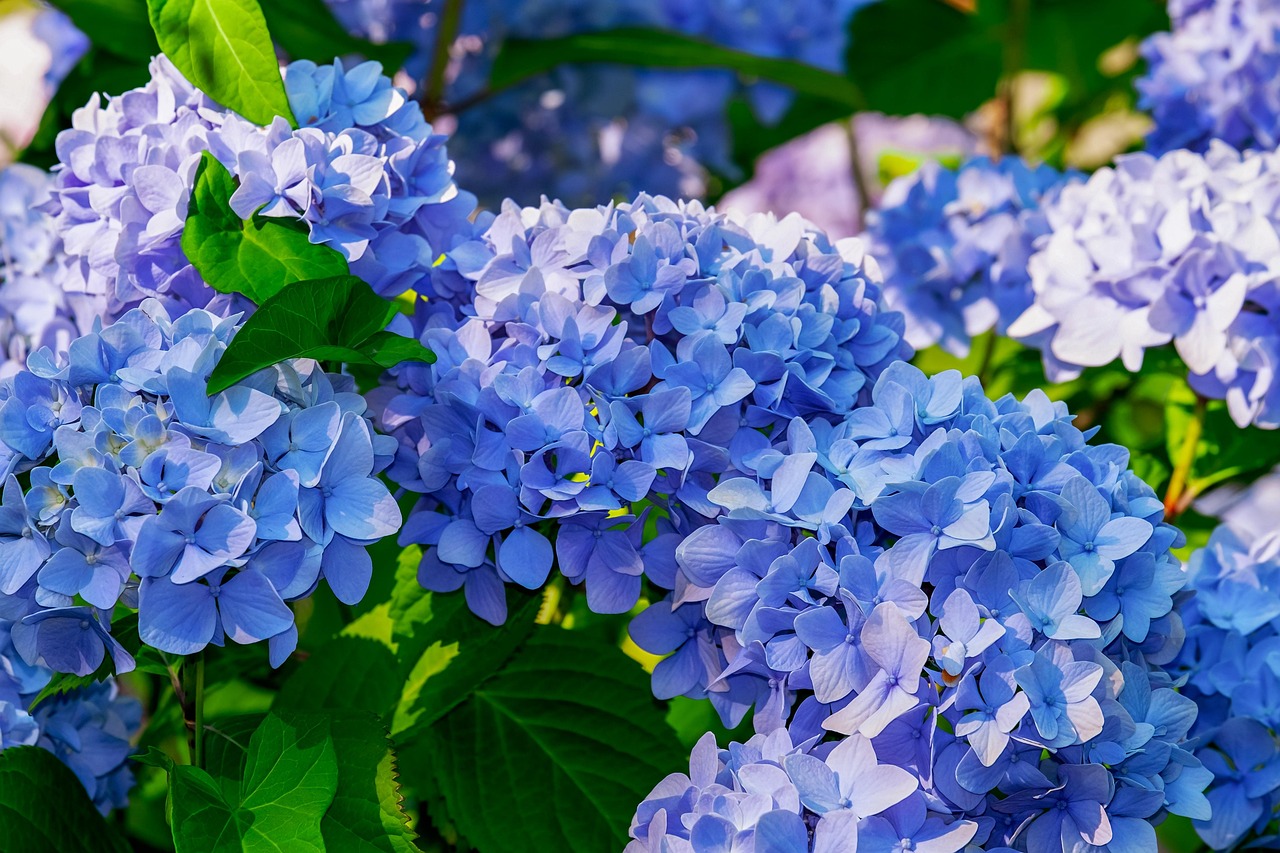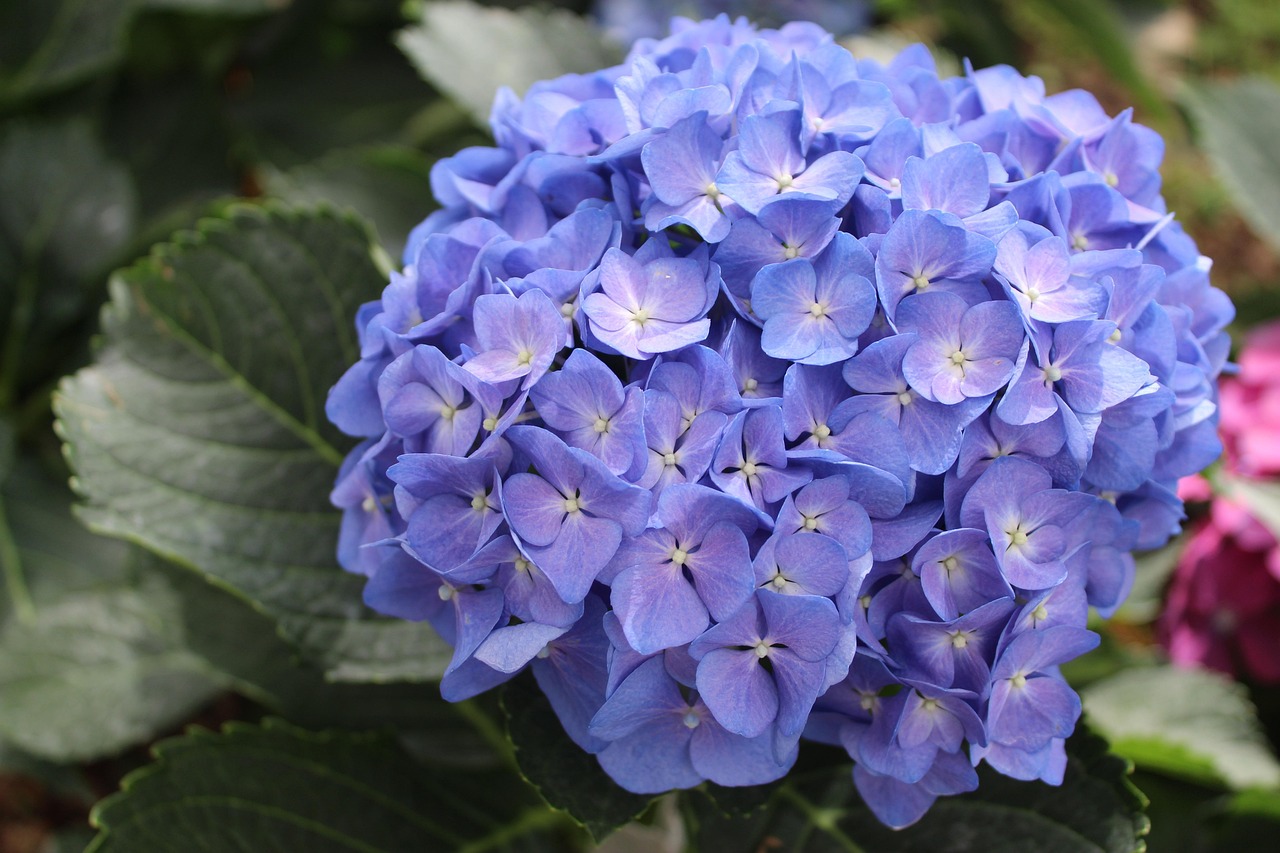
Hydrangeas, with their lush blooms and vibrant colors, are a staple in many gardens, transforming outdoor spaces into living works of art. But as the crisp air of fall settles in and the leaves begin to turn, gardeners face a critical question: when is the right time to cut back these beloved shrubs? Pruning hydrangeas in fall can be a delicate dance—too early, and you risk stunting next year’s blooms; too late, and you might leave your plants vulnerable to winter’s chill. This guide dives deep into the art and science of fall hydrangea pruning, offering practical advice, expert insights, and answers to common questions to help you keep your garden thriving. Whether you’re nurturing bigleaf beauties or panicle powerhouses, understanding the nuances of timing and technique will ensure your hydrangeas bloom brilliantly season after season.
Why Fall Pruning Matters for Hydrangeas
Pruning hydrangeas isn’t just about keeping your garden tidy—it’s about setting the stage for healthy growth and abundant flowers. Fall pruning, in particular, can influence how your plants weather the winter and perform come spring. Each hydrangea variety has its own needs, and cutting at the wrong time can lead to fewer blooms or weakened plants. By pruning thoughtfully in fall, you can remove dead or damaged growth, encourage strong structure, and prepare your hydrangeas for a vibrant comeback.
Understanding Hydrangea Types
Before grabbing your shears, it’s essential to know which type of hydrangea you’re working with. Different varieties bloom on different wood—old or new—which dictates when and how to prune.
- Bigleaf (Hydrangea macrophylla): These include mophead and lacecap varieties, known for their large, colorful blooms. They typically bloom on old wood (last year’s growth), so fall pruning requires caution to avoid cutting off next season’s buds.
- Panicle (Hydrangea paniculata): Think ‘Limelight’ or ‘PeeGee.’ These bloom on new wood (growth from the current season), making them more forgiving for fall pruning.
- Smooth (Hydrangea arborescens): Varieties like ‘Annabelle’ also bloom on new wood, allowing for more aggressive pruning in fall.
- Oakleaf (Hydrangea quercifolia): With their distinctive leaves, these bloom on old wood and need careful pruning to preserve next year’s flowers.
- Climbing (Hydrangea petiolaris): These vigorous climbers bloom on old wood and rarely need heavy pruning, but fall is a good time for light maintenance.
Knowing your hydrangea’s type is the first step to getting pruning right. If you’re unsure, check the plant tag or observe its growth habits—new wood bloomers are generally more flexible with fall cuts.
When to Cut Back Hydrangeas in Fall?
Timing is everything when it comes to fall pruning. The ideal window depends on your climate, the hydrangea variety, and the plant’s condition. Here’s a breakdown to help you pinpoint the perfect moment.
General Timing Guidelines
In most regions, the best time to prune hydrangeas in fall is late September to early November, after the blooms have faded but before the plant enters full dormancy. This window allows you to tidy up without risking damage to new buds or exposing fresh cuts to harsh winter frost. Here’s how to fine-tune your approach:
- Wait for Bloom Fade: For all hydrangeas, wait until the flowers have lost their vibrancy. This signals the plant is winding down its active growth phase.
- Check Your Climate: In colder zones (USDA 3-5), aim for early fall to avoid frost damage to fresh cuts. In milder zones (USDA 6-9), you can extend pruning into late fall.
- Observe Plant Dormancy: If leaves are still green and supple, hold off. Prune when leaves start to yellow or drop, indicating the plant is preparing for winter.
Variety-Specific Timing
- Bigleaf and Oakleaf Hydrangeas: These old-wood bloomers should be pruned sparingly in fall, if at all. Focus on removing dead or damaged branches after the first frost but before heavy freezes set in. Avoid heavy cuts to preserve next year’s buds.
- Panicle and Smooth Hydrangeas: These new-wood bloomers are more flexible. Prune in late fall after blooms fade to shape the plant and encourage vigorous spring growth.
- Climbing Hydrangeas: Light pruning in fall to remove wayward shoots or dead wood is usually sufficient. Major cuts are better left for early spring.
Signs You’re Pruning Too Early or Too Late
- Too Early: Cutting in late summer or early fall while the plant is still actively growing can stress it, reducing winter hardiness.
- Too Late: Pruning after the plant is fully dormant (late winter) risks exposing fresh cuts to extreme cold, which can damage the plant.
If you’re unsure, err on the side of caution and consult a local nursery or extension service for region-specific advice.
How to Prune Hydrangeas in Fall
Once you’ve nailed the timing, it’s time to get pruning. The goal is to maintain the plant’s health and shape without sacrificing next season’s blooms. Here’s a step-by-step guide tailored to fall.
Tools You’ll Need
- Clean, sharp pruning shears for small branches.
- Loppers for thicker stems.
- Gloves to protect your hands.
- Disinfectant (e.g., rubbing alcohol) to sterilize tools and prevent disease spread.
Pruning Techniques by Variety
Bigleaf and Oakleaf Hydrangeas
Since these bloom on old wood, fall pruning should be minimal:
- Remove Deadheads: Snip off spent blooms just above a healthy set of leaves or buds. This tidies the plant without affecting next year’s flowers.
- Clear Dead or Damaged Wood: Cut any broken or diseased branches back to healthy tissue, making clean cuts at a 45-degree angle.
- Avoid Heavy Pruning: Major shaping is better done in early summer after blooming to protect next season’s buds.
Panicle and Smooth Hydrangeas
These new-wood bloomers can handle more aggressive pruning:
- Cut Back Spent Blooms: Trim flower heads back to the nearest healthy bud or leaf node.
- Shape the Plant: Reduce the height by up to one-third, cutting just above a bud to encourage bushy growth.
- Thin Crowded Areas: Remove crossing or weak branches to improve air circulation and light penetration.
Climbing Hydrangeas
- Trim wayward shoots to maintain structure.
- Remove any dead or damaged vines, cutting back to healthy growth.
- Avoid cutting into the main framework, as this supports future blooms.
Common Pruning Mistakes to Avoid
- Over-Pruning Old-Wood Varieties: Cutting too much on bigleaf or oakleaf hydrangeas can eliminate next year’s blooms.
- Dull Tools: Jagged cuts from dull shears can invite disease. Sharpen tools regularly.
- Ignoring Sanitation: Always disinfect tools between cuts, especially if dealing with diseased branches.
Other Fall Care Tips for Hydrangeas
Pruning is just one part of preparing hydrangeas for winter. To ensure they thrive, consider these additional steps:
Mulching for Protection
- Apply a 2-3 inch layer of organic mulch (e.g., bark, straw, or compost) around the base to insulate roots against cold.
- Keep mulch a few inches from the stems to prevent rot.
Watering Before Winter
- Give plants a deep watering in late fall, especially if rainfall has been scarce.
- Avoid overwatering, as soggy soil can harm roots during dormancy.
Protecting from Frost
- In colder climates, wrap young or tender hydrangeas in burlap to shield them from harsh winds and frost.
- For bigleaf hydrangeas, consider a light cage around the plant filled with leaves for extra insulation.
Frequently Asked Questions
Should I prune my hydrangeas every fall?
Not necessarily. Bigleaf and oakleaf hydrangeas often need only light pruning in fall, while panicle and smooth varieties can benefit from more regular cuts. Assess your plant’s health and shape to decide.
What happens if I don’t prune in fall?
Skipping fall pruning won’t necessarily harm your hydrangeas, especially old-wood varieties. However, new-wood bloomers may become leggy or overgrown without regular trimming.
Can I prune hydrangeas in late fall if I missed the early window?
Yes, but proceed cautiously. Avoid heavy cuts, especially on old-wood varieties, and ensure cuts are made before prolonged freezing temperatures.
How do I know if my hydrangea blooms on old or new wood?
Check the variety. Bigleaf, oakleaf, and climbing hydrangeas bloom on old wood, while panicle and smooth hydrangeas bloom on new wood. If unsure, observe the plant or consult a local expert.

